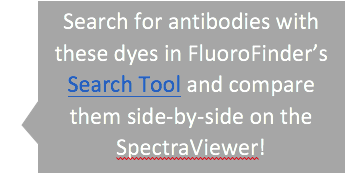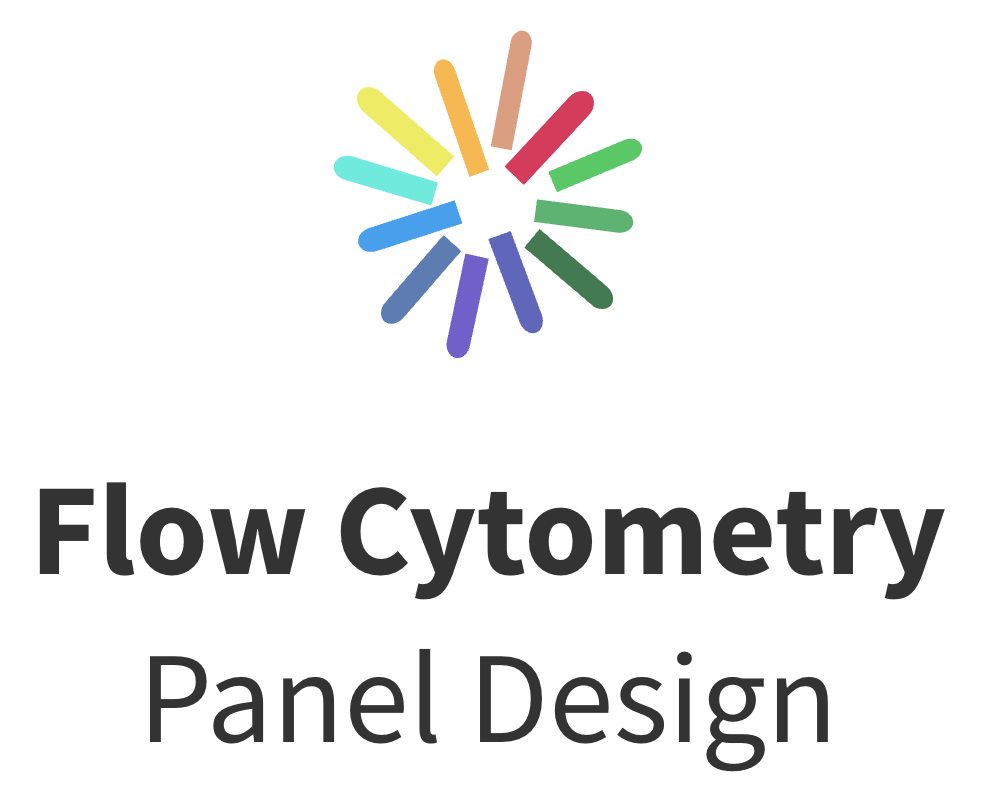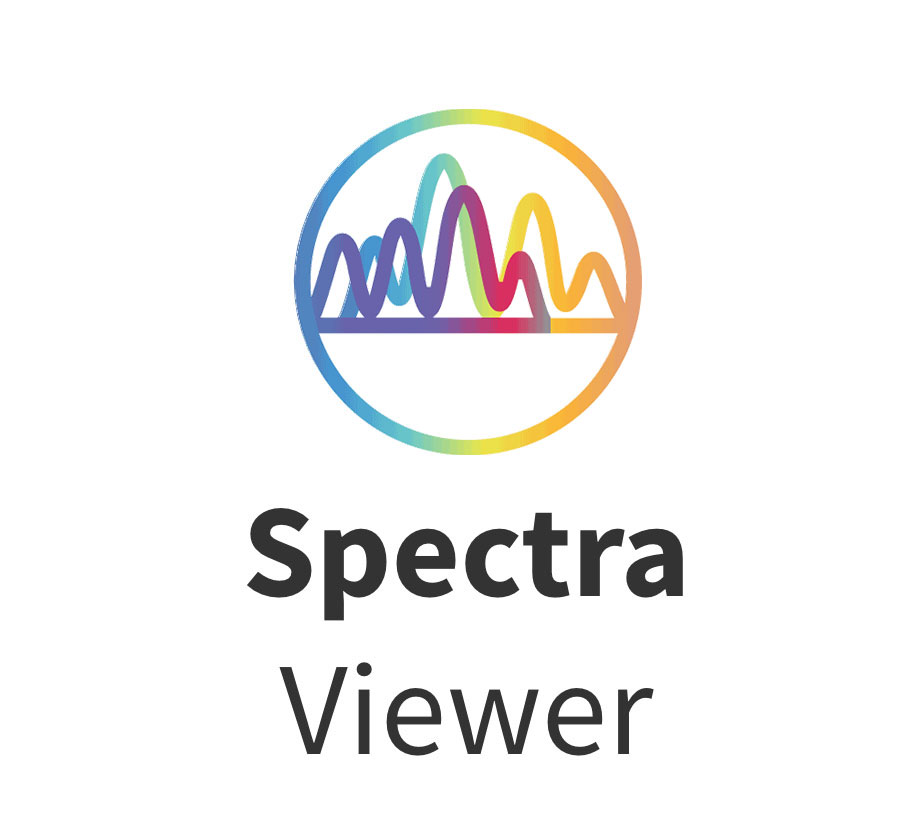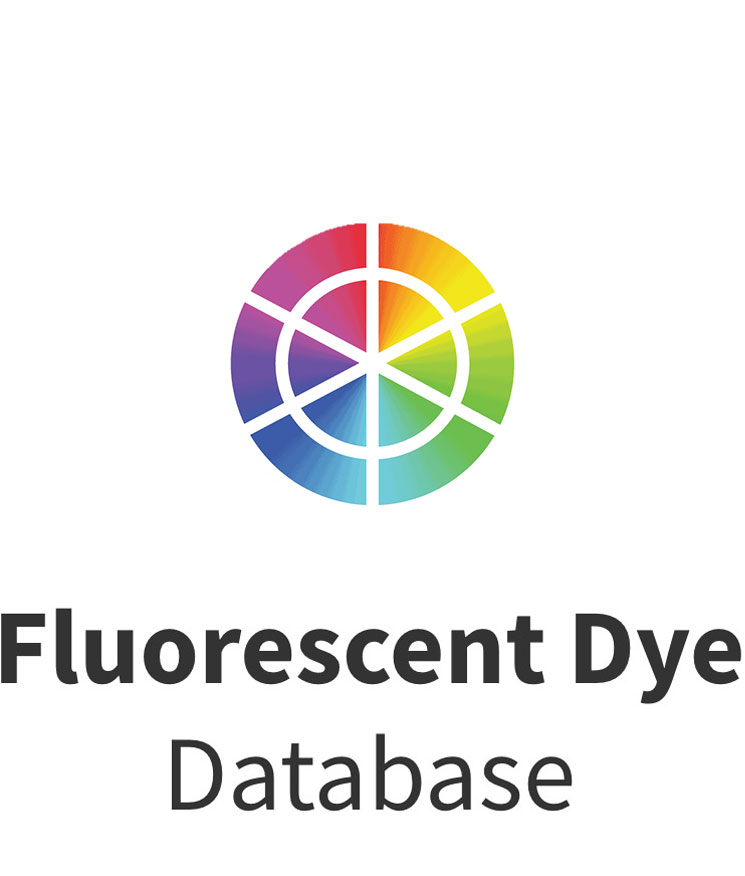Flow cytometry remains the most powerful tool for studying apoptosis in cell populations. However, many researchers may not be aware of the variety of options available for apoptosis markers. Here we explore the use of flow cytometry in apoptosis research and examine various fluorescent apoptosis markers.
History
Flow cytometry has been used to study cell death for over 25 years. In 1997, researchers at the Cancer Research Institute introduced the term necrobiology “to comprise the life processes associated with morphological, biochemical, and molecular changes which predispose, precede, and accompany cell death”. These include the four major categories of cell death: apoptosis, necrosis, autophagy, and necroptosis. Their prediction; that flow cytometry would become the dominant methodology for measuring and studying necrobiology, has proven correct.
Methods
Flow cytometry has been found to be ideal for studying cell death, as it allows researchers to better understand the timing of critical processes involved in apoptosis pathways. Early apoptosis can be identified by the collapse of the mitochondrial transmembrane potential. Activation of cytosolic proteases called caspases and changes to the cell membrane are typically present during intermediate apoptosis. Finally, nuclear changes, including chromatin condensation and DNA fragmentation, often mark late-stage apoptosis. Common methods for detecting cell death include measuring “membrane alterations, DNA fragmentation, cytotoxicity, and cell proliferation, and mitochondrial damage”. This offers flow cytometry researchers a diverse set of fluorescent tools (often called viability dyes), for studying necrobiology.
Tools
Mitochondrial changes – These dyes can be used to measure mitochondrial membrane potential to identify an early apoptosis event.
- JC-1
- TMRE
- Mitospy® dyes
- MitoView® dyes
- MITO-ID® dyes
- MitoTracker® dyes
Caspase Activity – These dyes can be used to measure caspase activation to mark intermediate apoptosis.
- NucView® dyes
- FLICA® dyes
Membrane Permeability – These dyes can be used to measure membrane permeability during intermediate apoptosis.
- DNA binding dyes
- DAPI
- PI
- Amine dyes

- Viobility™ dyes
- Zombie™ dyes
- Live-or-Dye™
- VivaFix™ dyes
- Ghost Dyes™
- Horizon Brilliant™ dyes
- eFluor ® dyes
- Live/Dead™ dyes
Enzyme Activity Dyes – membrane-permeant dyes that are fluorescently activated by metabolic enzymes
Annexin V kits – Annexin V binds the apoptosis marker phosphatidylserine and is commonly used for fluorescent apoptosis assays. For more information on choosing the best dye for your experiment, check out our blog on viability dyes. FluoroFinder incorporates all of these apoptosis dye options into the panel design tool, empowering researchers to design better experiments.





